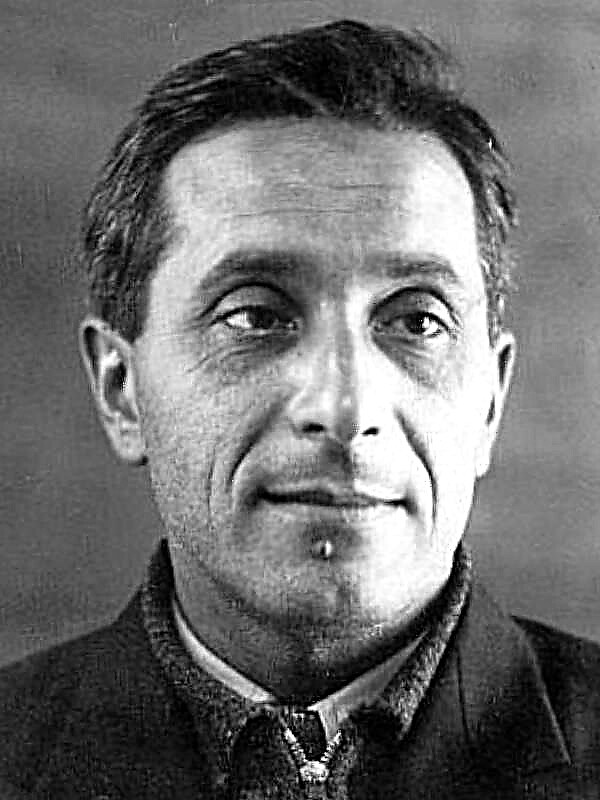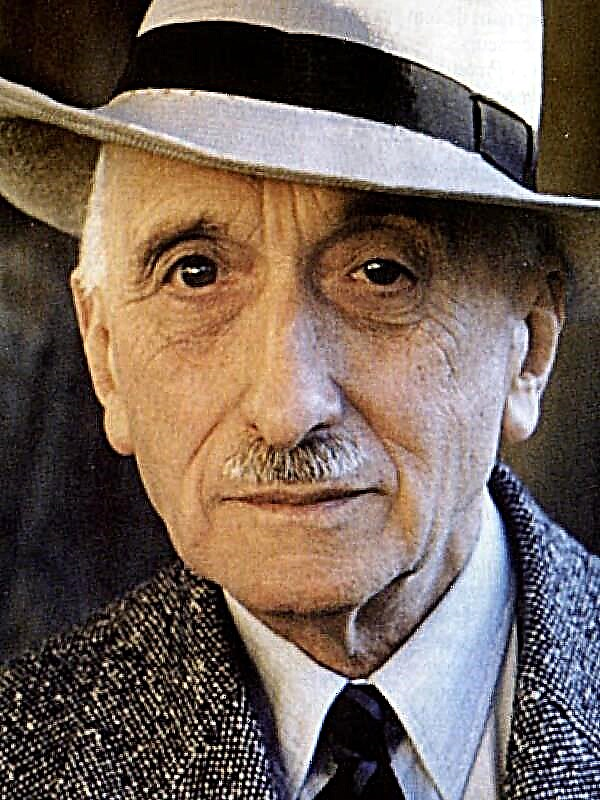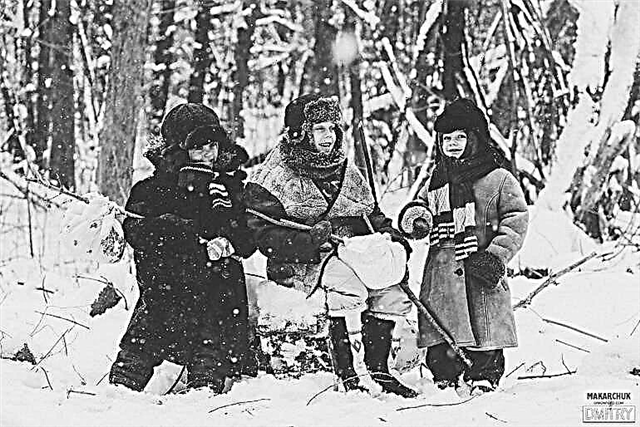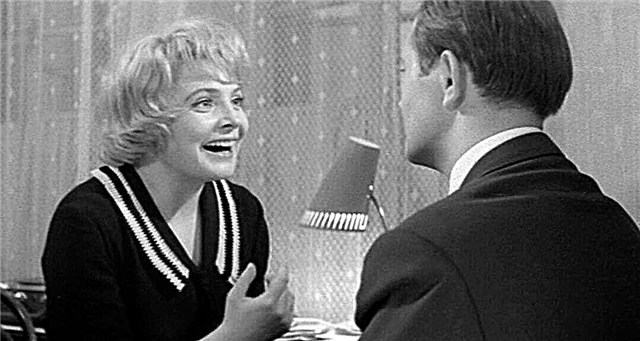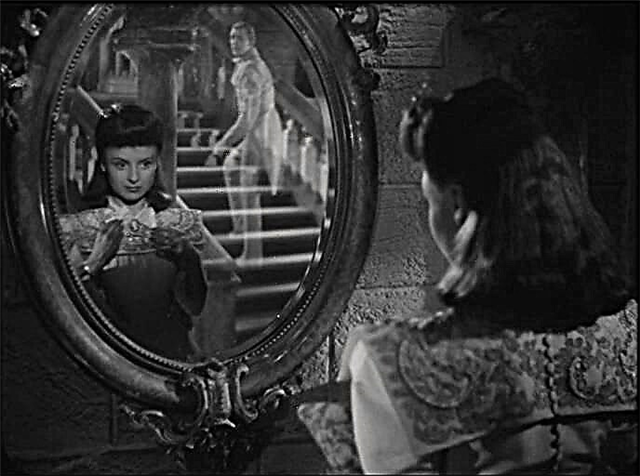News, releases, various articles and reviews are things that a person in one way or another encounters daily. Most people learn about important events in the world through journalism. Journalism is not just a text in a newspaper, but a special social phenomenon that can provide continuous interaction not only between different groups of people, but even between generations. The journalist’s job is to find, process and present socially significant information to the reader.
It is interesting, and in what period and how did journalism begin to emerge in Russia? History has it that the first appearance of Russian journalism came at the beginning of the 18th century.
First newspapers
- “Vesti-Chimes” - the symbolic name of a manuscript newspaper, which began to be published in Russia in the 1600s. It contained important political news, but was written in only one copy and was intended to be read to the king.
- “Vedomosti” - The first-born of the Russian press and the oldest newspaper in Russia. The first surviving issue dates back to January 2, 1703. “Vedomosti” began to be widely circulated (from several tens to 4,000 copies) thanks to the decree and with the personal participation of Emperor Peter the Great. The newspaper was full of propaganda articles about the reforms of Peter I, news reports about the Northern War, the opening of educational institutions, etc. It is important that since 1710 a civilian font has been used in the publication, not a church one, which is an important step towards the development of national culture. Later, in 1728, the newspaper St. Petersburg Gazette at the Academy of Sciences replaced the Petrograd Vedomosti. In addition, for several years M.V. was the actual editor of the publication. Lomonosov.
- “Moscow Vedomosti” - a newspaper created in 1755 by decree of Elizabeth Petrovna. As for the content, it was also of an official character: on the first pages are news from the imperial palace, court life, politics, awards and towards the end a few words about curious news. However, the 1779-1790s are considered the most striking in the history of the newspaper. Illuminator N.I. Novikov diversified its content, created several interesting applications, for example, the first children's magazine.
- “Hardworking bee” - The first private journal, which in 1759 belonged to the writer A.P. Sumarokov. The publication was popular mainly among nobles and sympathized with Catherine II. On the pages of the magazine there were essays, epigrams, critical articles about embezzlement and excess luxury. One of the most topical and well-known essays is the “Letter about some contagious disease”, in which the journalist exposes the problem of bribery; a letter “On Dignity”, where Sumarokov reflects on the vanity of officials; essay "on housebuilding."
- Satirical magazines - literary magazines in which acute public issues were exposed: criticism of serfdom, cruelty of the landowners, waste of public funds. A new round of journalism development began with the coming to power of Catherine II. Under the general editorship of the empress, in 1769, the magazine "All sorts of things." Catherine II believed that satire should be “impersonal”, not related to any particular person. The magazine did not address the shortcomings of the life of a Russian person and other serious social problems, but nevertheless the publishers pursued serious goals, and the articles of Catherine II occupied a special place.
Later the magazines “Mail of Spirits” I.A. Krylova, “Satirical Bulletin” N. Strakhova, “Mix”, “Drone” and others. Many of these publications quickly closed, but the idea of victory still belonged to journalists. The satire wave in journalism as a whole was predestined by a loud rebellion led by E. Pugachev, who demonstrated the acuteness of social unrest.
Russian journalists
- Alexander Nikolaevich Radishchev (1749-1802) - Russian writer, poet and prose writer. He became famous thanks to his article “Conversation that there is a son of the Fatherland” for the publication “Talking Citizen”. In it, the journalist reflected on who a real patriot is. Radishchev believed that the “son of the Fatherland” can only be a free, honest and noble person. In addition, he speaks out against serfdom and the oppressive landowners. However, this was not Radishchev's only resonant work. In 1790, Alexander Nikolaevich decided to open a printing house in his own house. And soon a book entitled “Journey from Petersburg to Moscow” will be published. It would seem that you can expect from a book with such an innocent title? However, the work of Radishchev aroused unprecedented public interest and very soon fell into the hands of Catherine II. The bold statements of Radishchev angered the empress, and she ordered to immediately find the author. Everyone who was somehow related to the distribution of the book was arrested: Alexander Nikolayevich himself, a bookseller, readers. All found copies of the work were destroyed. Yes, many enlighteners of that time opposed serfdom, but it was for Radishchev that this was a matter of his life.
- Nikolai Mikhailovich Karamzin (1766 - 1826) - journalist, publisher and enlightener. His judgments about freedom, being and culture are still relevant. The first experience as a journalist, Karamzin received in the "Moscow Gazette" and the magazine "Children's Reading for the Heart and Mind." Karamzin had the ability to write fascinatingly about politics and literature, cultural events. This not only enlightened the reader, but also instilled in him a sense of beauty. In 1791, Karamzin published the Moscow Journal, which immediately fell to the liking of the public. Later, he will write “Letters of a Russian Traveler,” which will introduce readers to the way of life in Europe, famous scientists.
Despite the fact that the number of people reading was rather limited, since the majority of the population was illiterate, many ruling classes began to worry. From the beginning of 1790, articles about criticism of serfdom, oppression of the peasants, and parasitism of the landowners have sharply disappeared in newspapers and magazines. The Empress, frightened by the possible uprisings of the peasants, begins to limit the activities of the advanced people of her time. Censorship is introduced, control over the activities of writers is tightened, and any opposition ideas are suppressed.
Summary
By the end of the century, a printing system appeared in Russia, the first private publications, as well as special magazines (fashion, children's, medical, etc.) began to be published. A completely new genre has appeared - satirical journalism.
Despite royal censorship, journalism continued to defend national interests and oppose serfdom. However, the print media needed to improve. Newspaper business needed development, and magazines needed the ability to adhere to a certain direction.


